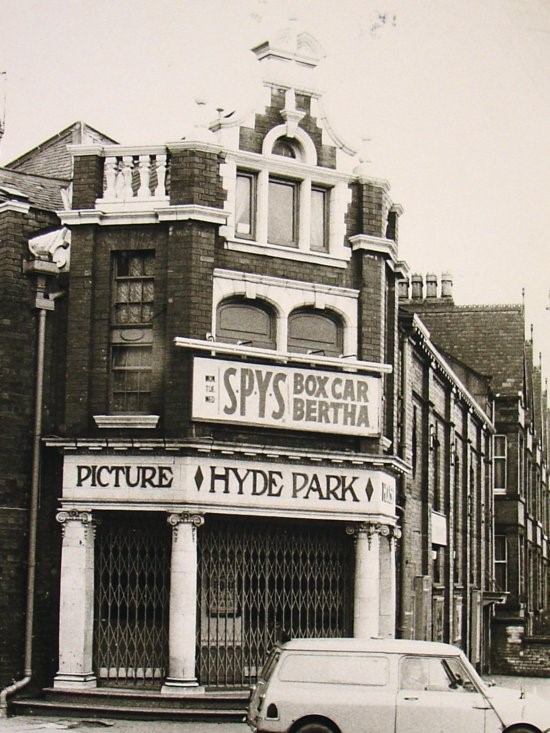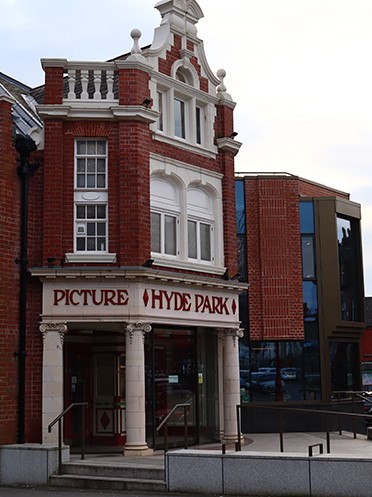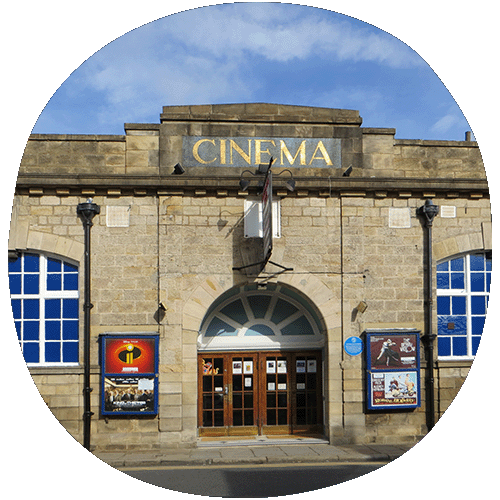Hyde park picture house
- Lamppost
- Ticket booth
- Floorboards
- Double doors
- Fire hydrant
- Painting
- Gas lights
- Upstairs door
- Click + drag = rotate
- Shift + click + drag = move
- Control + click + drag = zoom
With its timeless charm and long history, Hyde Park Picture House stands as a cherished cultural cornerstone in the centre of Leeds' Hyde Park neighbourhood. The architectural marvel and grade II listed building welcomes all through its doors from local residents to students. If you haven’t visited since their reopening in 2023, make a visit and experience their beautiful screenings from plush red velvet seats.
Since its inception, Hyde Park Picture House has remained steadfast in its mission to offer a diverse range of cinematic experiences, catering to cinephiles of all tastes and preferences. From thought-provoking arthouse films to blockbuster Hollywood releases, the theatre’s assorted program ensures there's something for everyone to enjoy.
HPPH’s iconic lamppost is a grade II listed item.
The ornate terracotta painted iron lamppost that sits outside the cinema acquired a grade II listing in 1996, the same day HPPH received the same status by the National Heritage List of buildings and structures that are of ‘special architectural or historic interest’. After all, HPPH wouldn’t be itself without its lamppost.
The lamp was made by MacFarlane & Co in Glasgow. Although its origin date is unknown, it was thought to have been created after 1890. This coincided perfectly with Glasgow’s architectural ironwork boom from the 1890s onwards where flamboyant and ornamented ironwork was popularised.
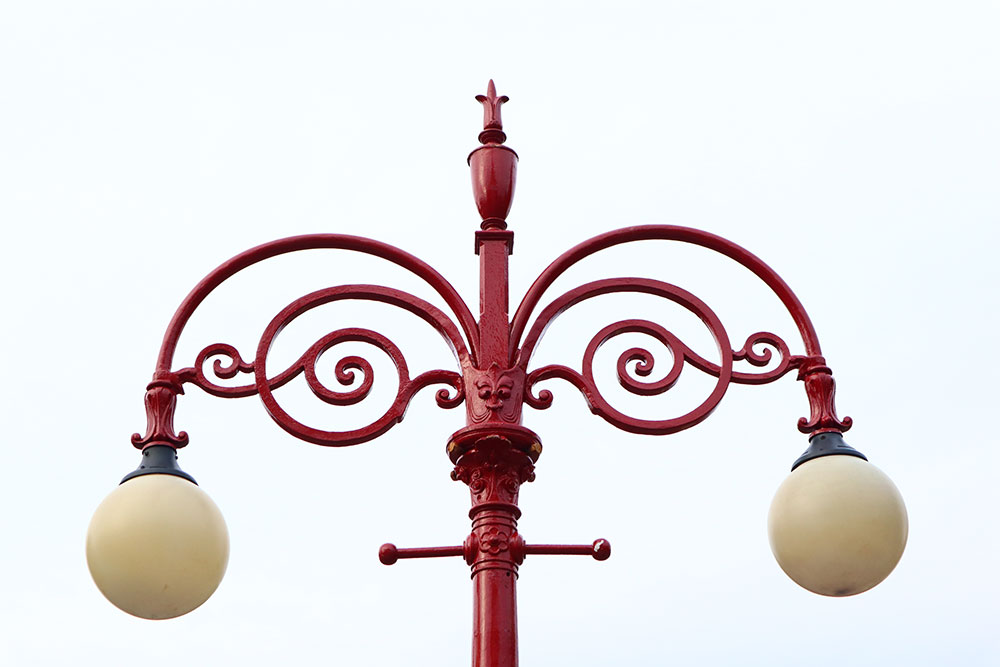

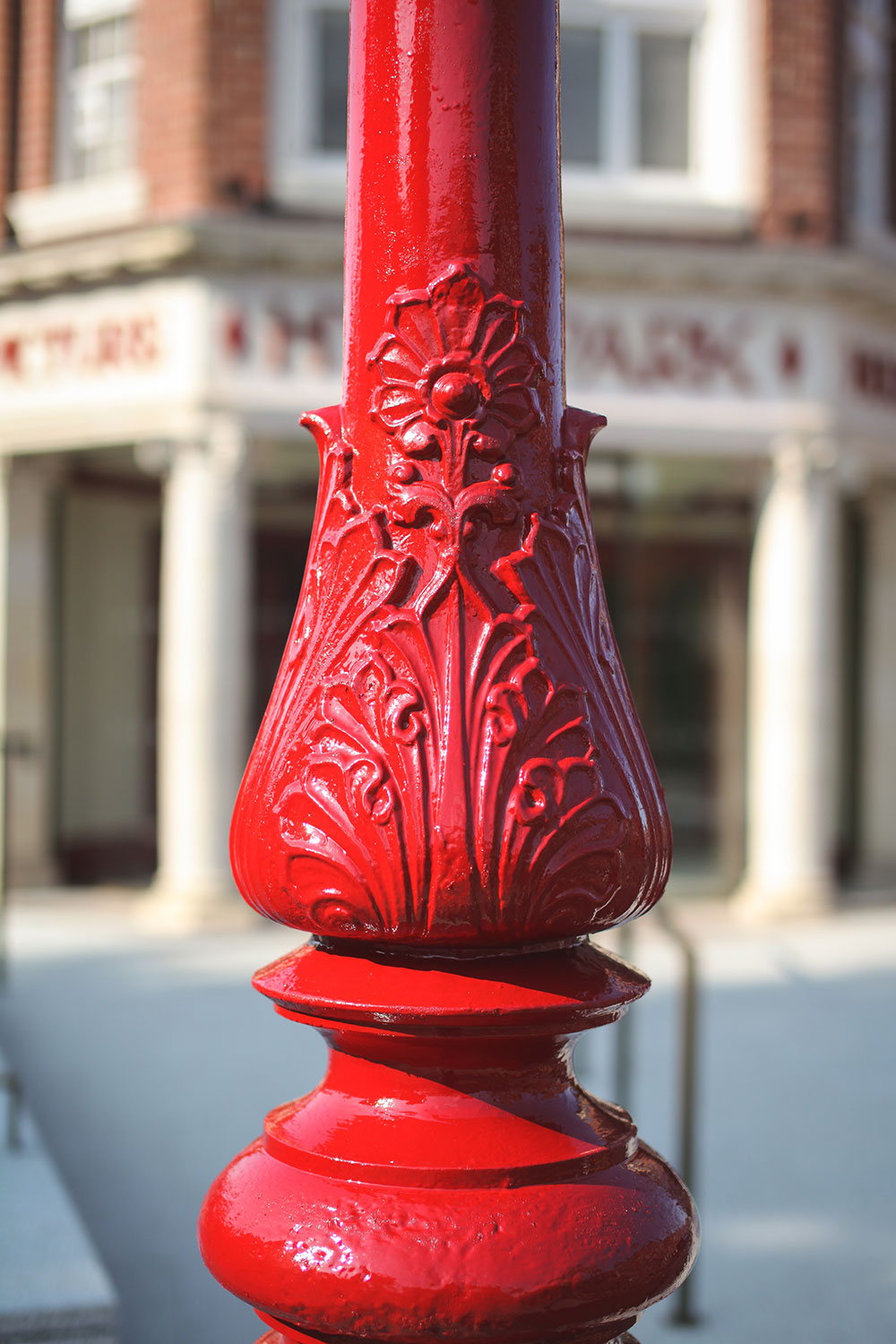
Hyde Park Picture House are the only cinema in the UK that still uses gas lights.
With the electric light bulb putting gas lights out of business, HPPH is thought to not only be the last surviving gas-lit cinema in the UK but the whole world. In the late 19th century, gas lighting was seen all throughout theatres, auditoriums, and other performance spaces; usually characterised by traditional metal-lined glass boxes with space for lighting in the middle.
In a Guardian article, it's explained how the gas lamps were originally installed for the purpose of women's safety. With HPPH's opening a year prior to the start of WW1, HPPH installed gas lamps to ward off groping men who might attack women in the darkness of the cinema.
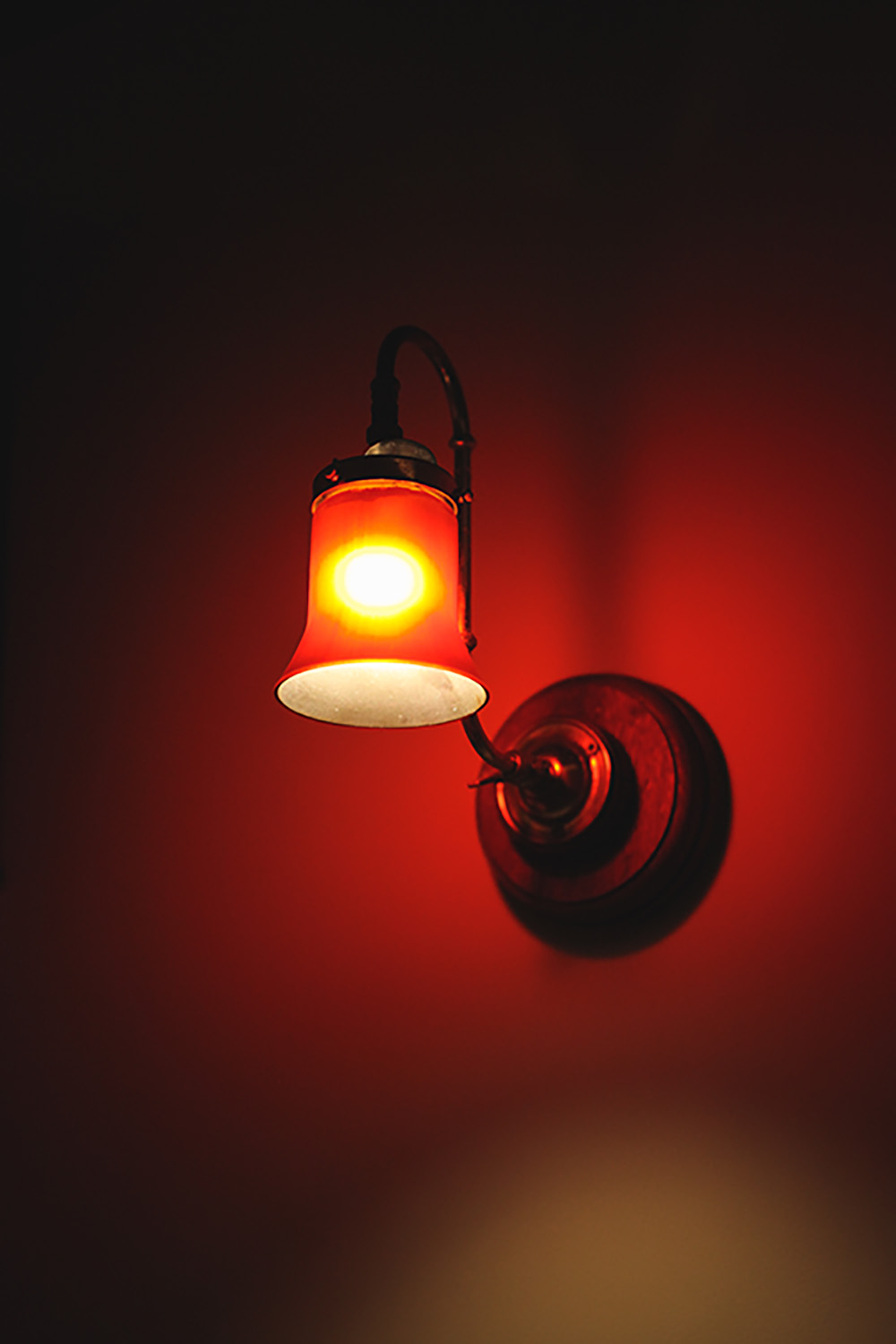
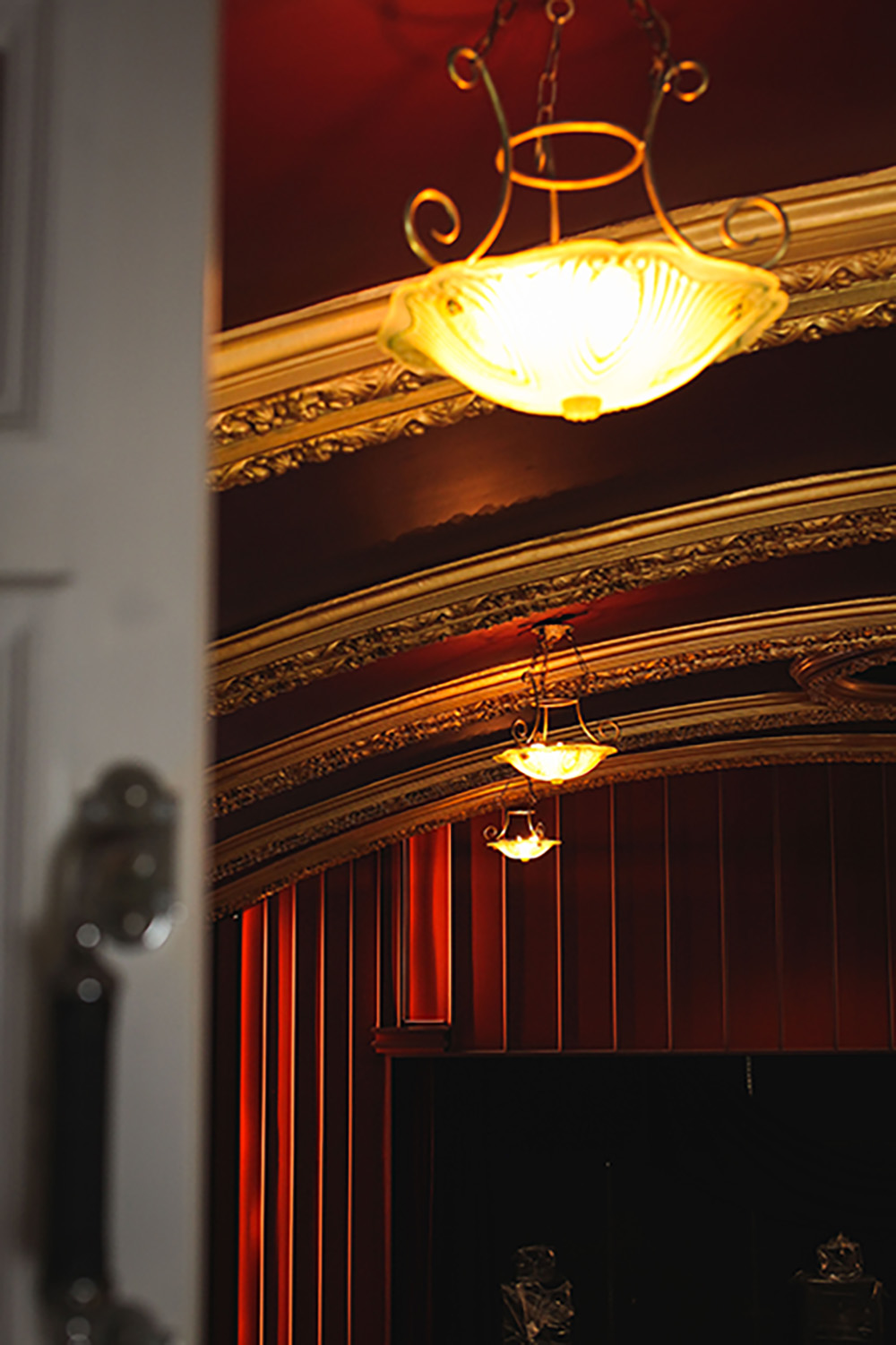
Hyde Park Picture House was built by the same company who built Brudenell Social Club.
To find out more about HPPH's private club origins, click the double doors in the 3D model.
Thomas Winn & Sons were the architects who also constructed the popular Brudenell Social Club, the live music venue 5 minutes down the road from HPPH. Many of Thomas Winn's features are still standing after lots of preservation over the past 110 years.
- Old brass fire hydrant
- Terracotta lettering
- Stained glass window
- Grand red staircase
- Tiled hall floor
- Iconic ticket booth
- White columns
Old Brass Fire Hydrant
The no longer functional fire hydrant stands strong on the left as you enter the building as a reminder of HPPH's rich history.

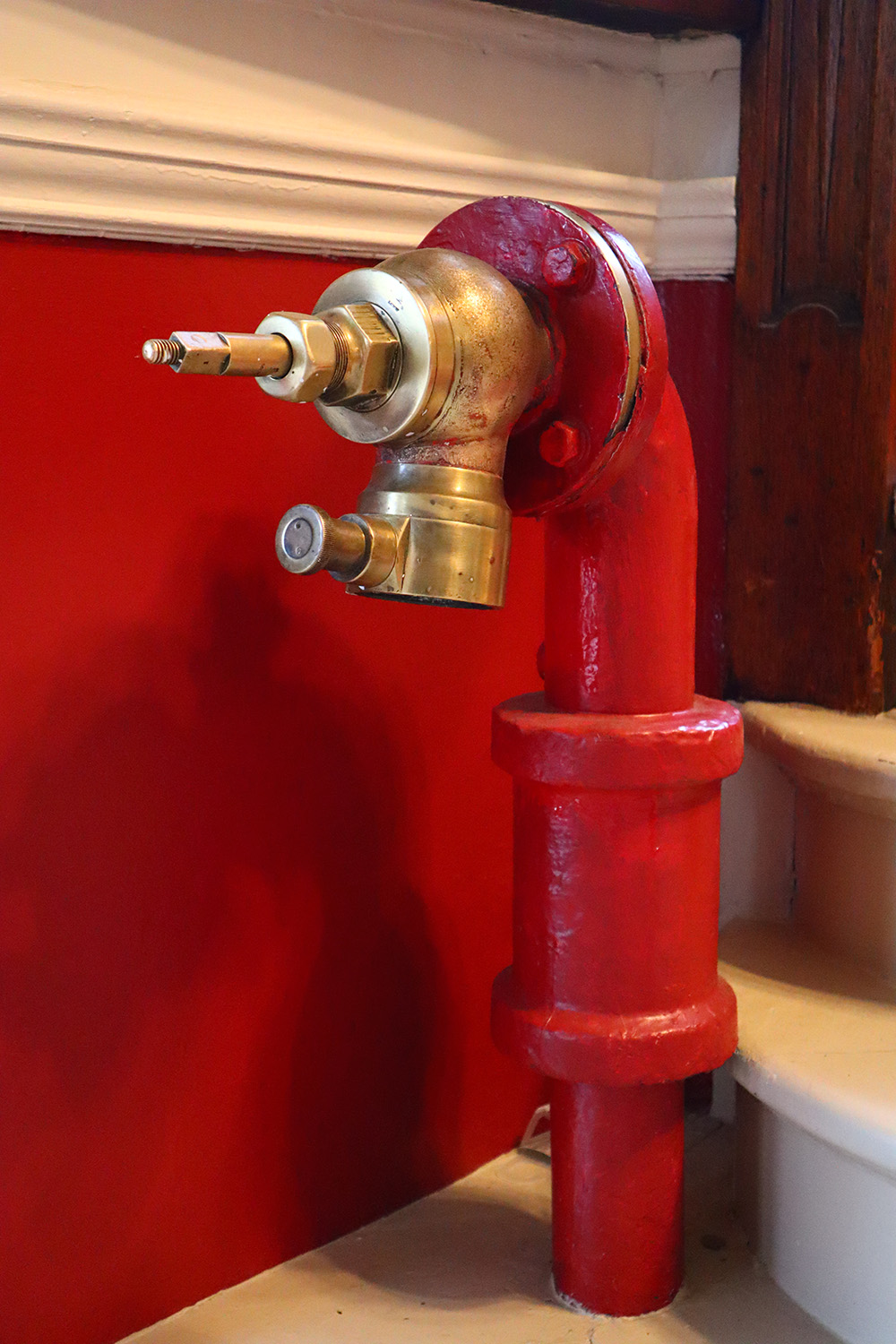
Terracotta Lettering
The dark red lettering adorning the building can be found on the outside of the main entrance.
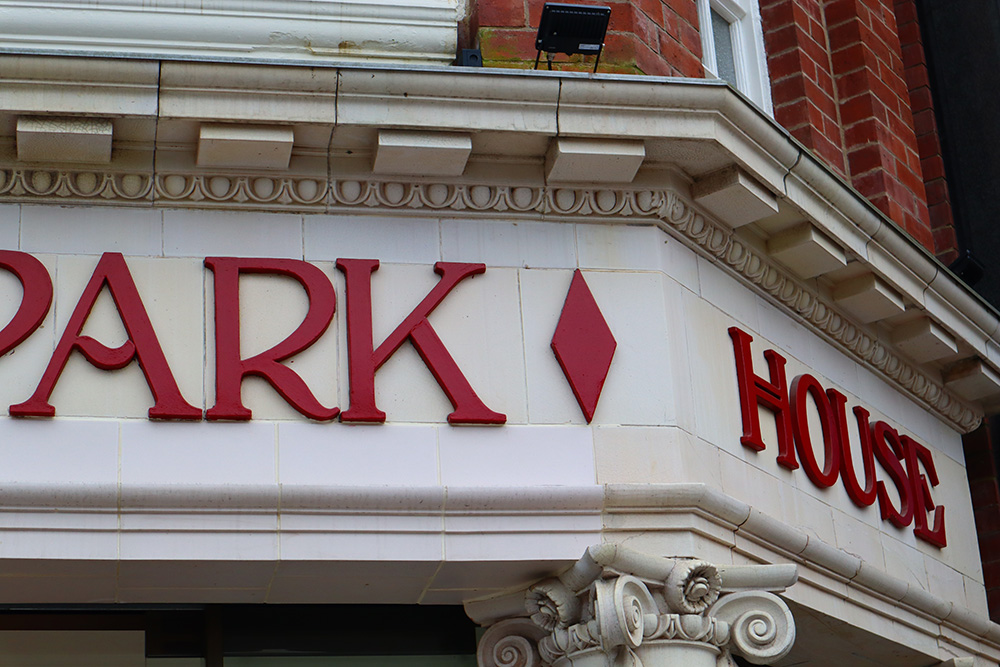
Stained Glass Window
The beautiful stained glass window spreads across the wall behind the grand staircase making for a gorgeous sight as you ascned the stairs into the upper auditorium of their primary screen. On particularly sunny days, watch how colourful light streaks onto the plush red fabric lining the stairs.
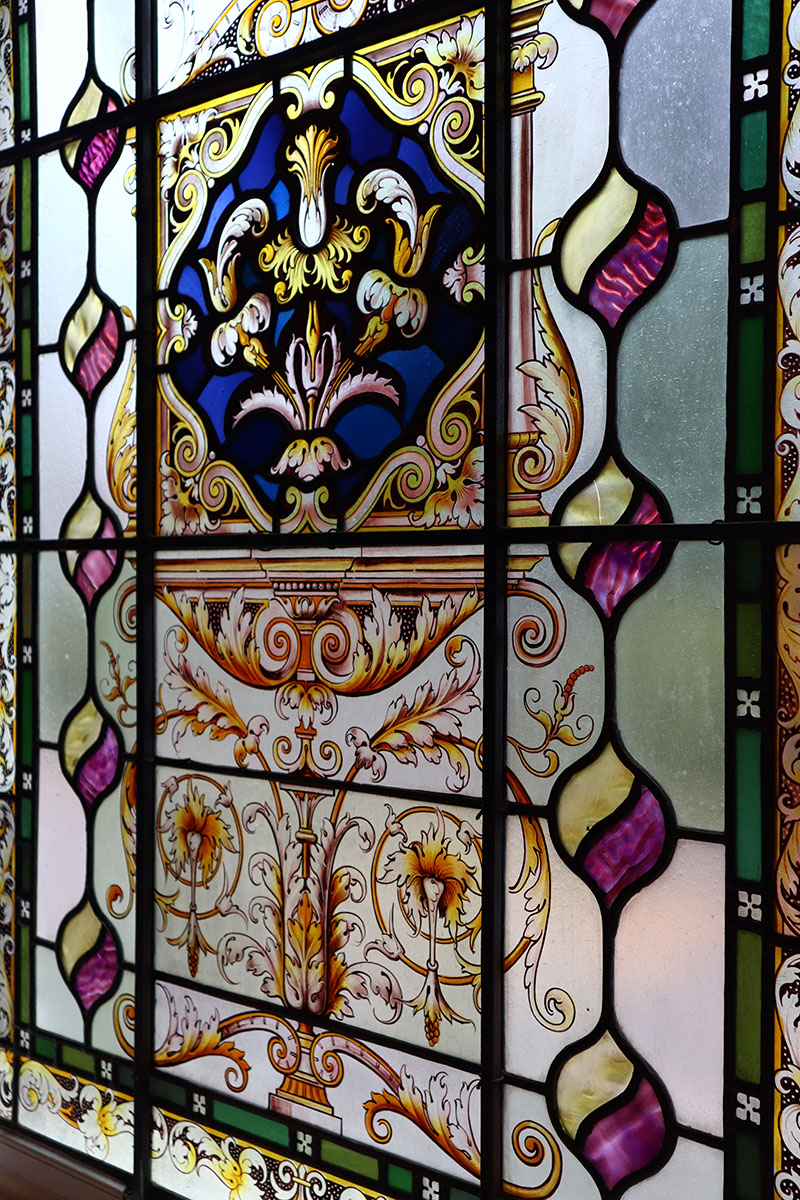
Grand Red Staircase
Despite fitting into a relatively small space, the grand staircase graciously wraps around the room to allow two entraces into the upper auditorium. Distinctly marked by it's HPPH red-coloured runner and golden stair rods, it makes for an elegant ascention into film heaven.
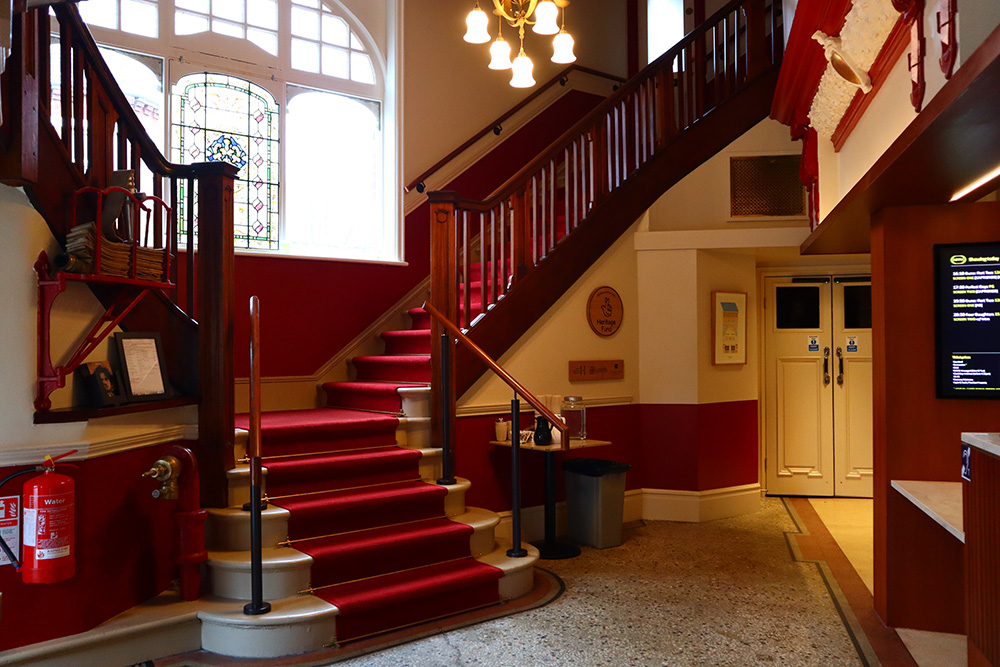
Tiled Hall Floor
Sat next to the ticket booth, the grey coloured tiles are joined by beautiful terracotta, wallflower yellow, denim blue, and forest green tiles assembled in curved shapes.
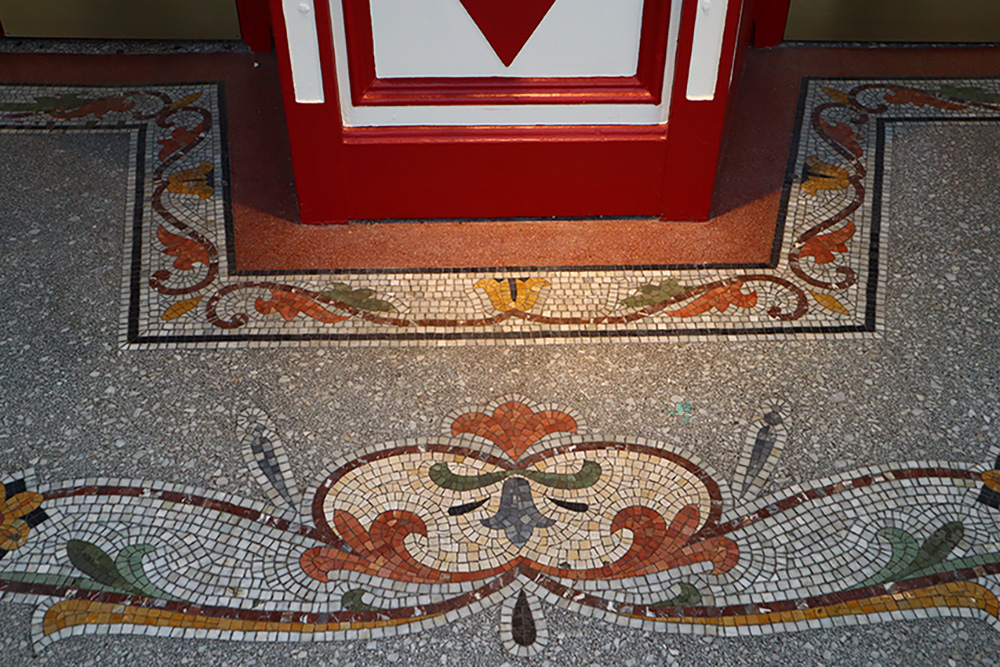
Iconic Ticket Booth
While no longer functioning, you can always find the latest edition of HPPH's film schedule sat right outside the booth.
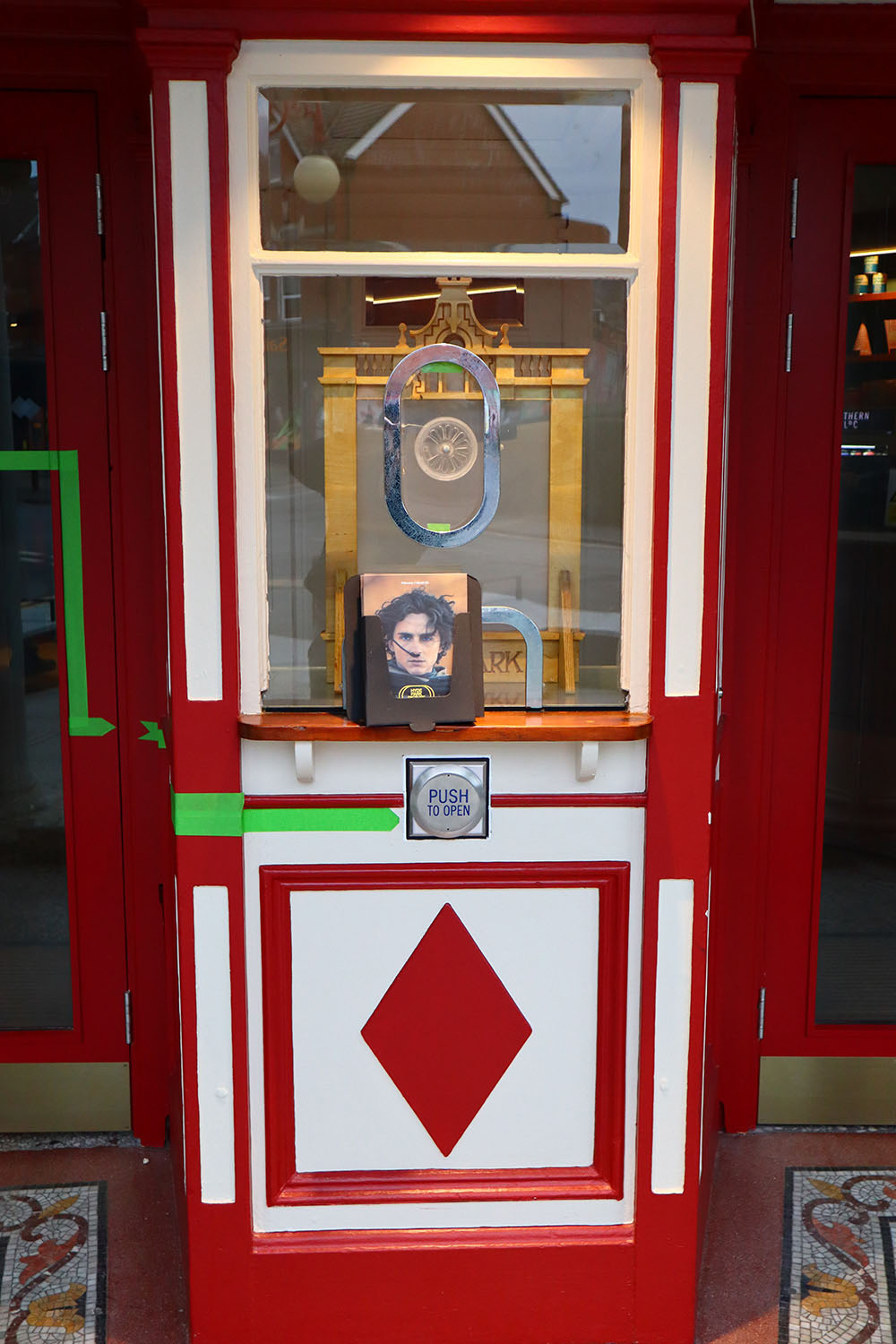
White Columns
The stoic white columns that stand outside of the cinema's building flaunt the ionic roman-style of columns. With 5 classical architectural columns, HPPH fall into the ionic cateogory which typically depict more traditionally 'feminine' proportions such as outwardly ascending body also known as flutes.
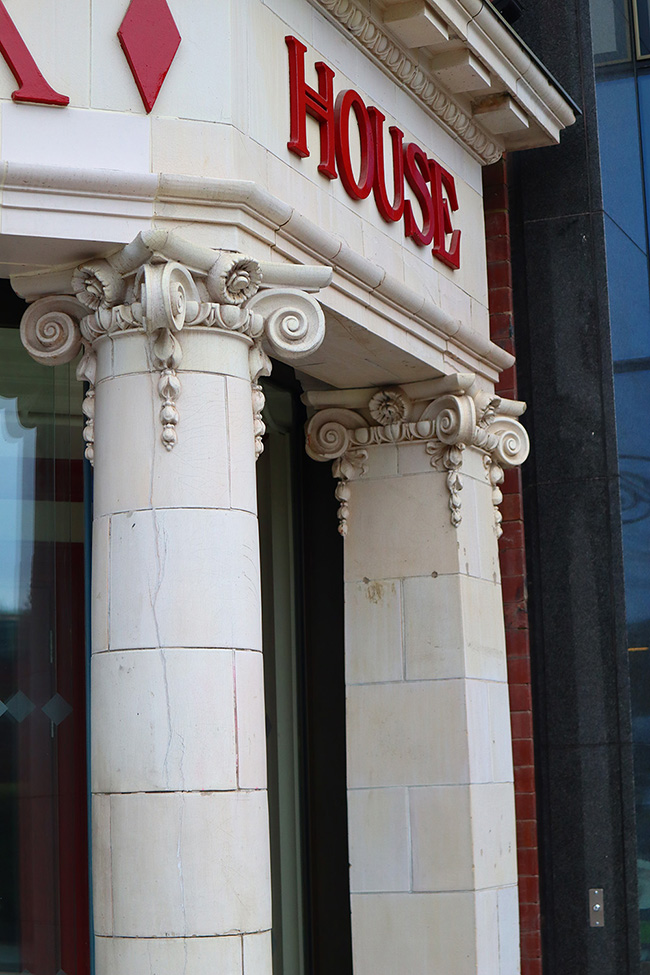
Hyde Park Picture House's renovation took just about 3 years between 2020 and 2023!
The HPPH renewal was one long process from their first funding approval in 2017 to the full renovation closure in 2002 and finally, their reopening on the 30th of June 2023. The picture house project was all about preserving cultural heritage through the restoration of original features which stand pristine around the cinema. While they couldn't have any beloved customers visit during the renovation, they found lots of historic 'trash' under the floorboards showing a small glimpse into their past.
Fun fact: Asteroid City by Wes Anderson was their opening film!
During the renovation
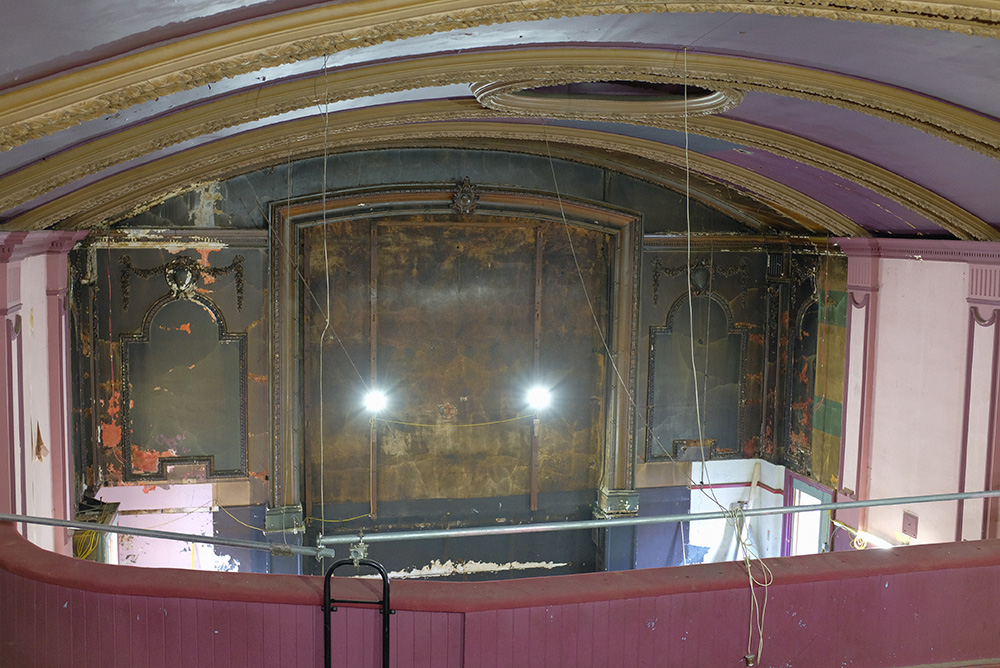

After the renovation
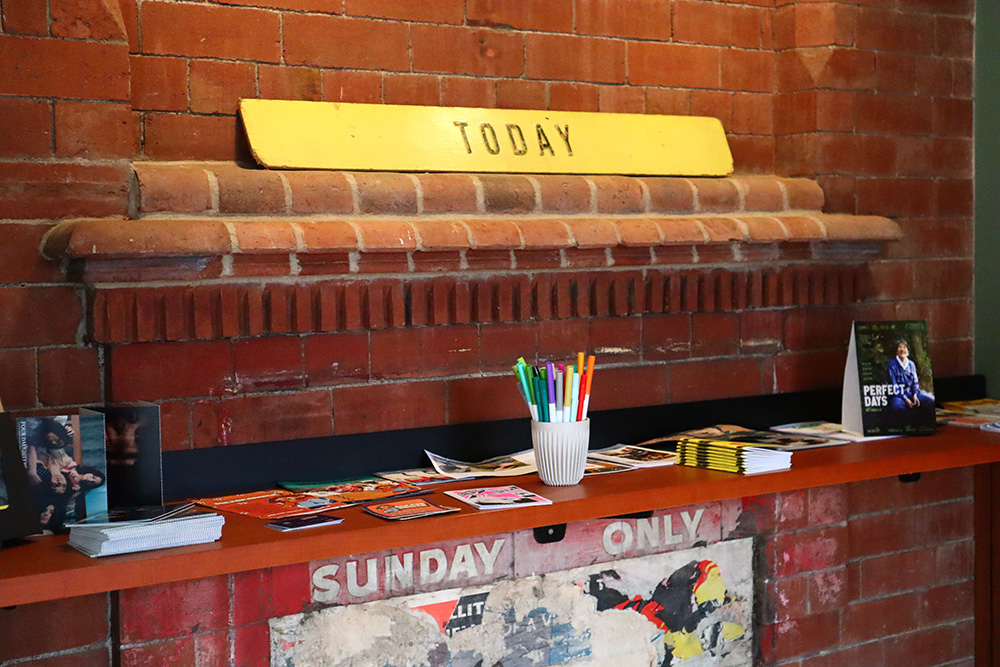
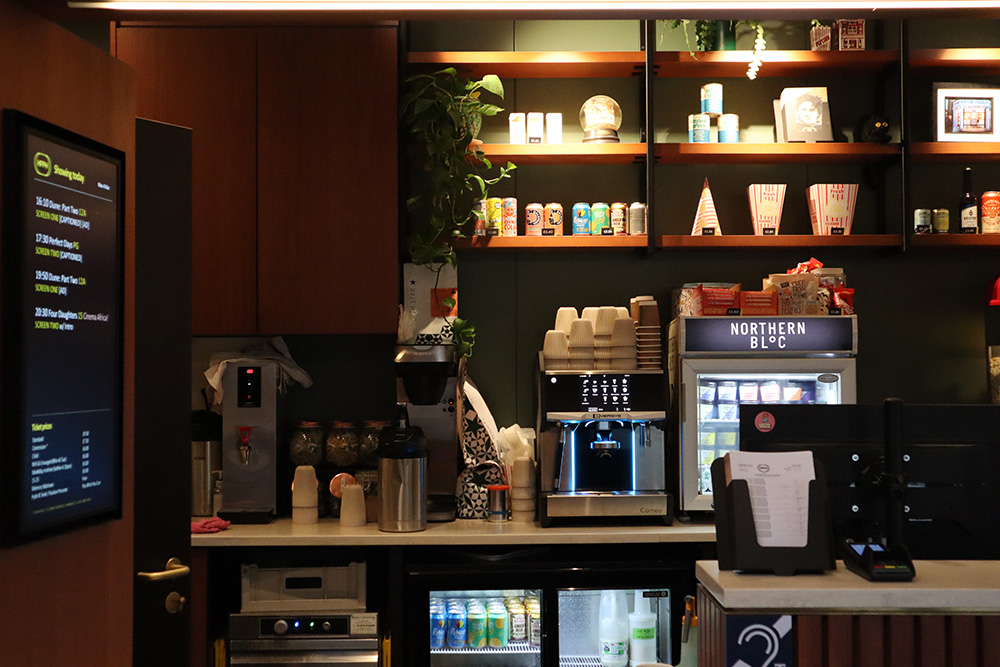
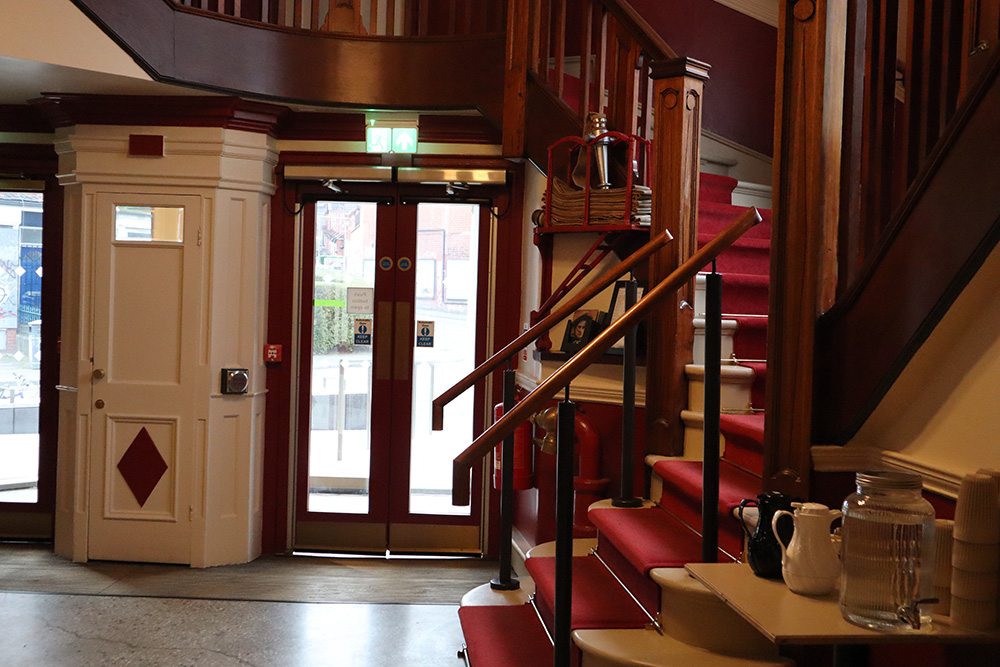
Historic trash from the 20th century emerges during the renovation.
During their renovation, HPPH found historical ‘trash’ hidden under their floorboards. These time capsule treasures bring us back into the 20th century, from an old 1952 January screening programme to old cigarette boxes!
Whether it be 2024 or 1924, we're pretty similar to the cinema-goers 100 years ago with lots of snack pots found.
An Old Programme Dated Back to January 1952
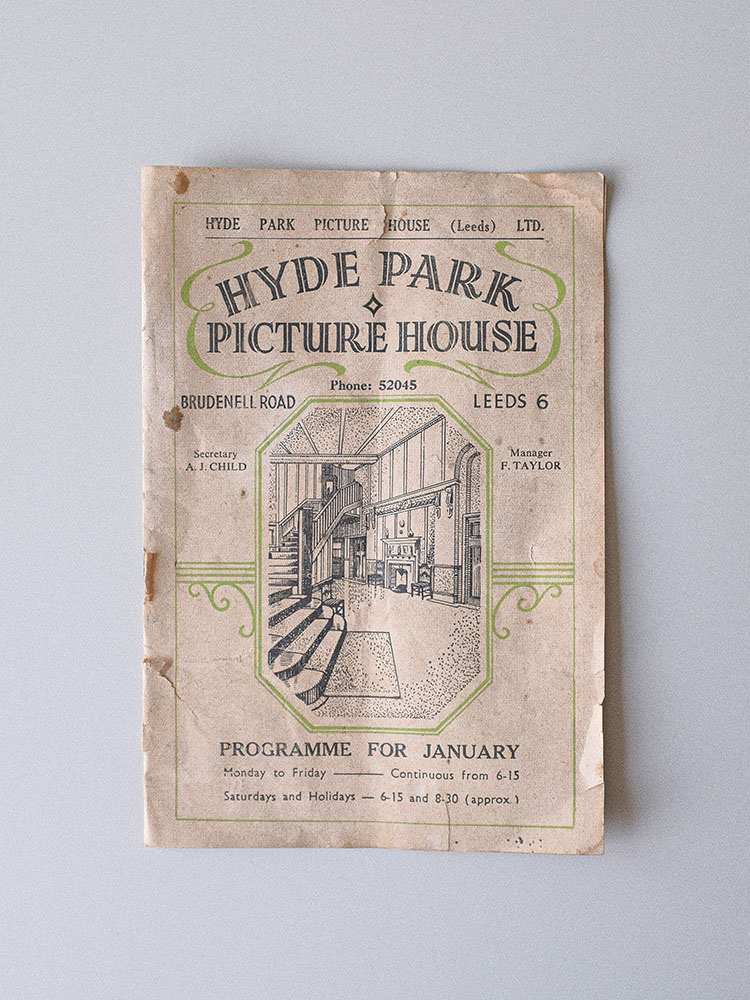
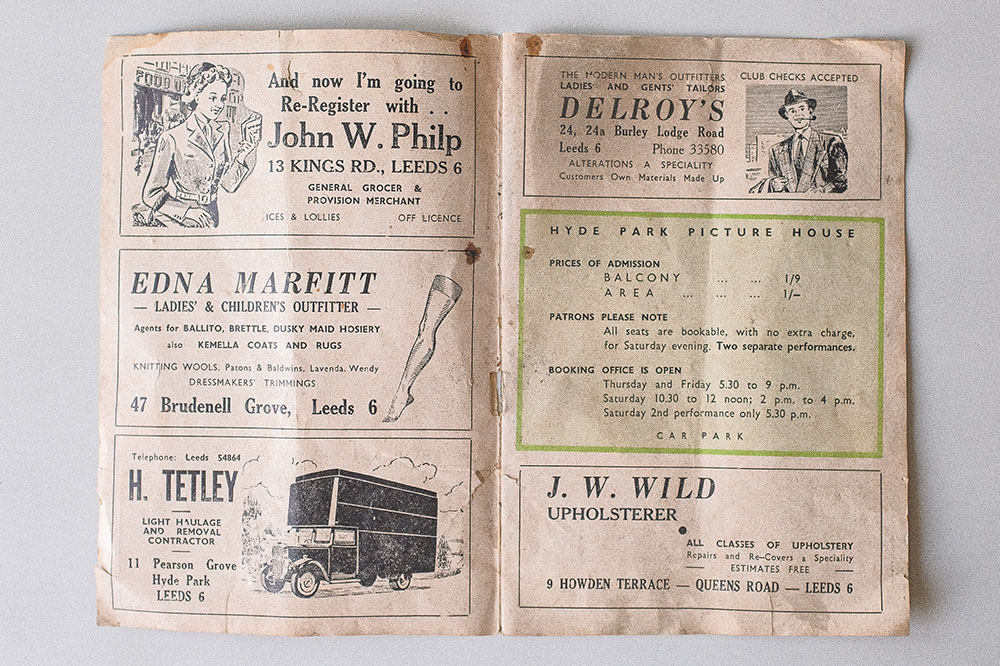
Cigarette Packet Made by Navy Cut Tobacco, manufactured in Nottingham.
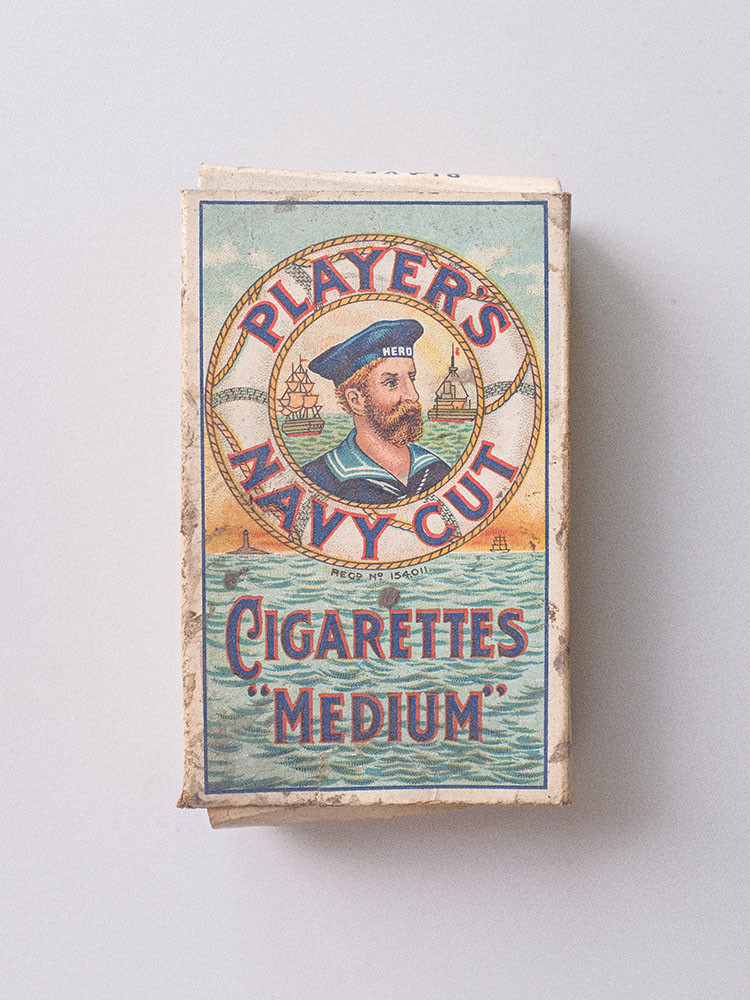
A special edition Queen Elizabeth II coronation ice cream cup.

Hyde Park Picture House's ticket stubs.
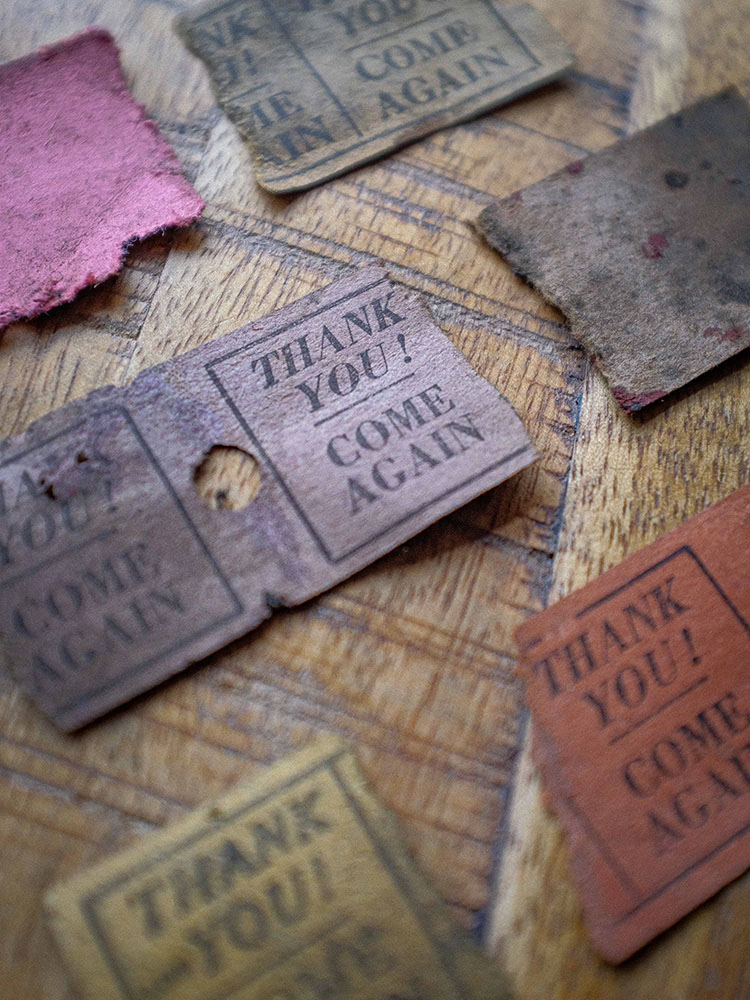
Suffragette Emmeline Pankhurst's bodyguard delivered talks on Hyde Park Picture House's cinema stage.
In March 1939, HPPH alongside many other cinemas was used as a stage for National Service recruitment with the likes of Suffragette Leonora Cohen delivering talks.
A Leeds native, Leonora Cohen was an essential figure in the Suffragette movement. She was not only Emmeline Pankhurst’s bodyguard but also one of the first female magistrates. She was nicknamed 'Tower Suffragette' after smashing a Tower of London glass display case as an act of feminist protest. A truly impressive woman, you can read more about her below.
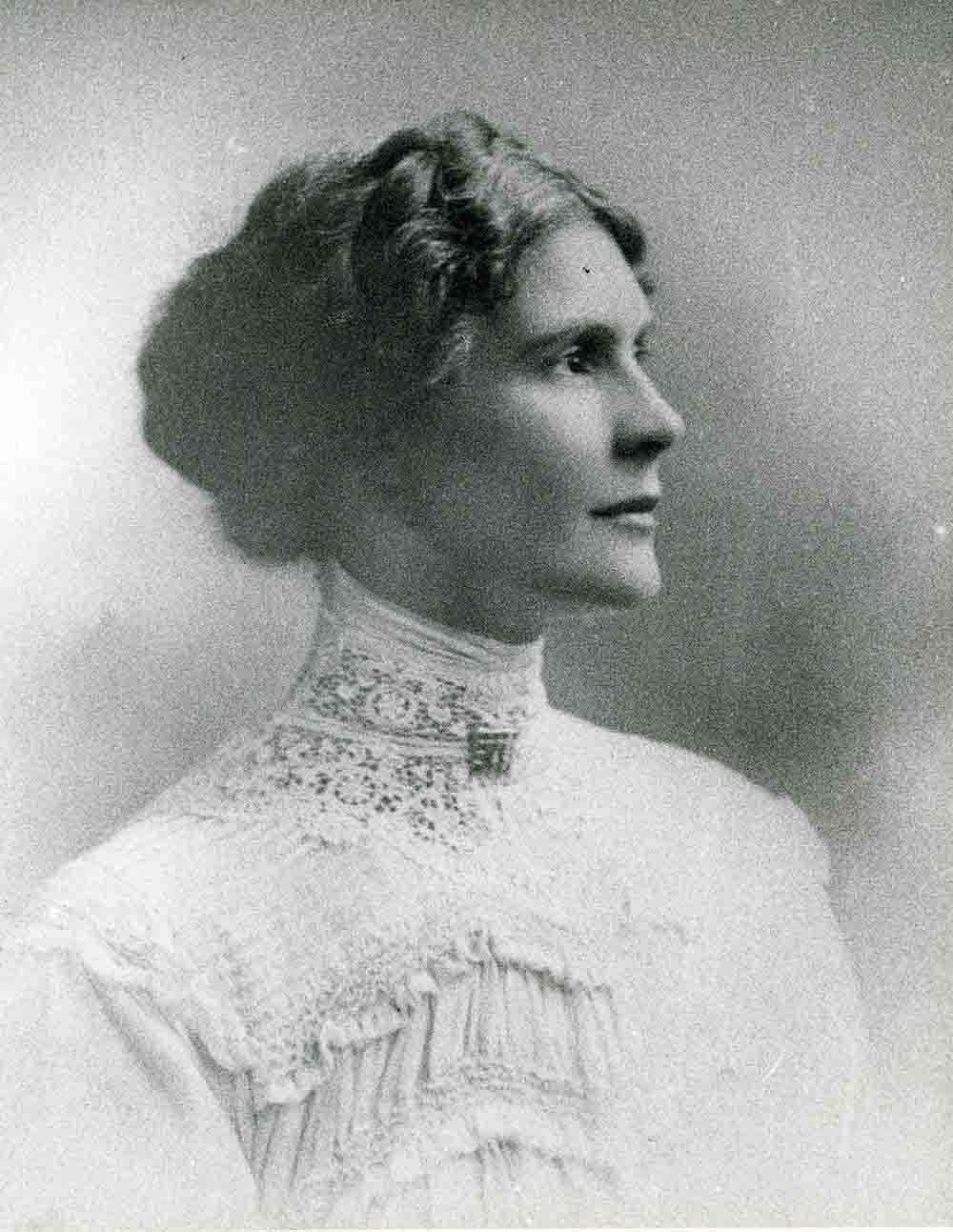
A real-life elephant stands outside of Hyde Park Picture House in 1959.
In efforts to encourage individuals to use cinemas after the rise of the TV, HPPH boasted an elephant on its front doorstep in 1959 to promote The Big Hunt. While probably not the most ethical publicity stunt, it sure did interest a curious crowd and stands as one of the more peculiar sights HPPH has seen!
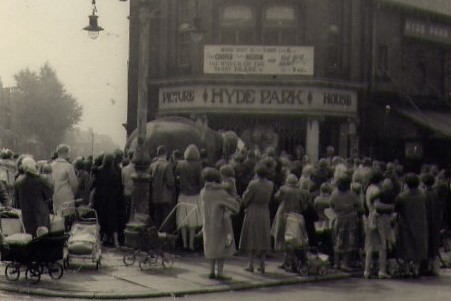

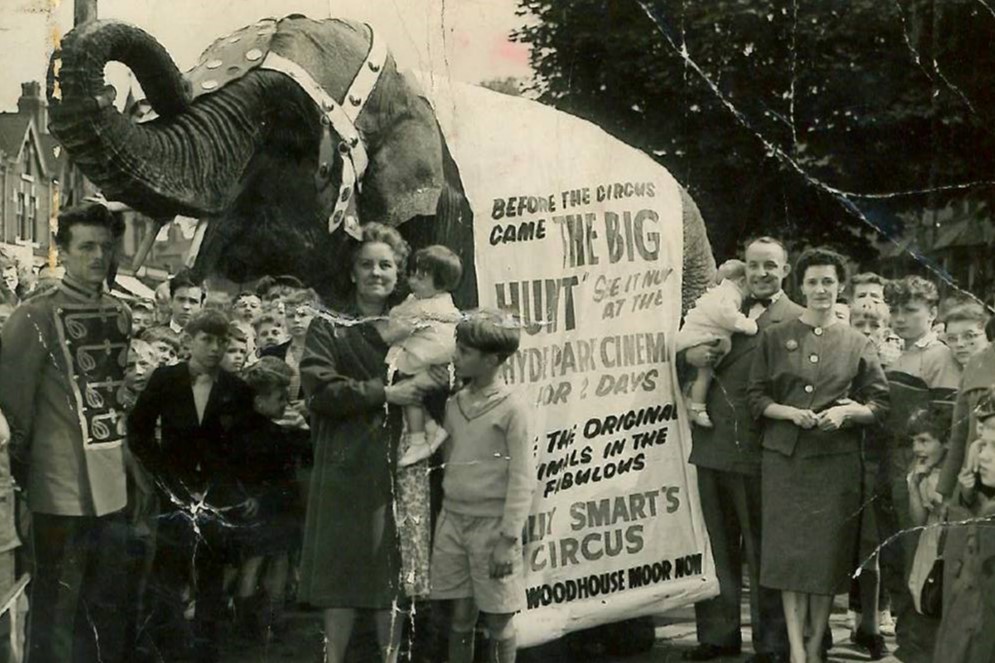
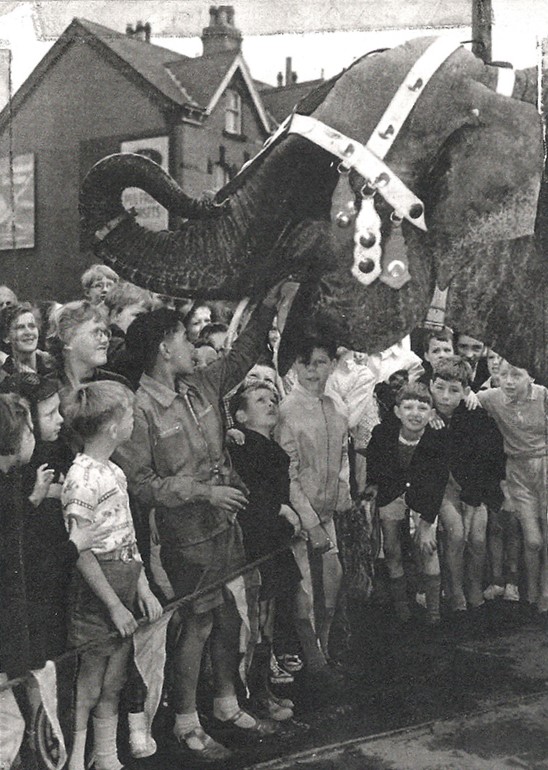
Hyde Park Picture House officially opened as a cinema in 1914.
HPPH didn't originally start out as a cinema; in 1899 Harry Child (a wealthy man who’s family were well known in the pub and hotel sector) purchased the land Hyde Park Picture House’s land with desires of creating a pub. While the pub idea was opposed by locals, a private club that sold alcohol was later opened instead in 1908.
Veering into a different sector, Child closed his private club in 1913 and opted for a cinema instead. Following suit from the recently opened Cottage Road Cinema in Headingly, Child turned it into the Hyde Park Picture House we know today with the help of the architect Thomas Winn.
Fun fact: Thomas Winn and Harry Child's father previously constructed an arch made from 1500 loaves of bread in 1894 - 14 years prior to when HPPH first opened as a prviate club.
The Auditorium Seating and Circle circa 1960 and in 2023

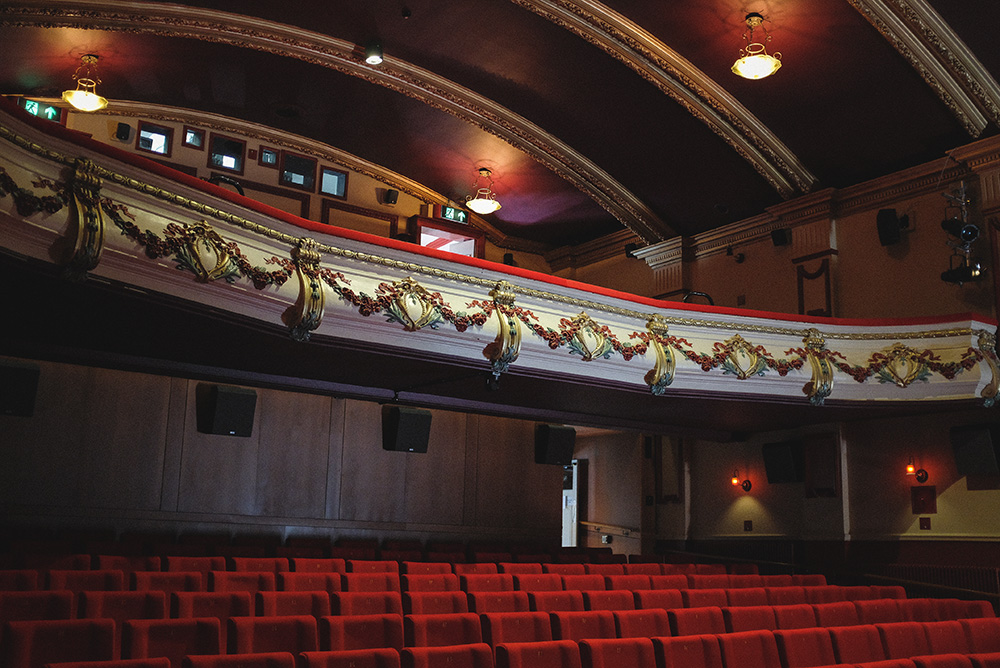
The Auditorium Screen circa 1960 and in 2023
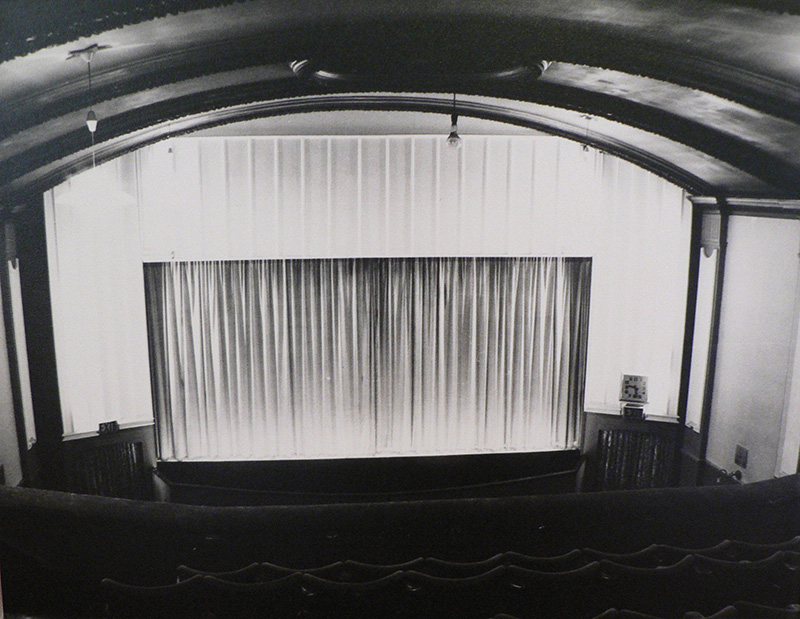
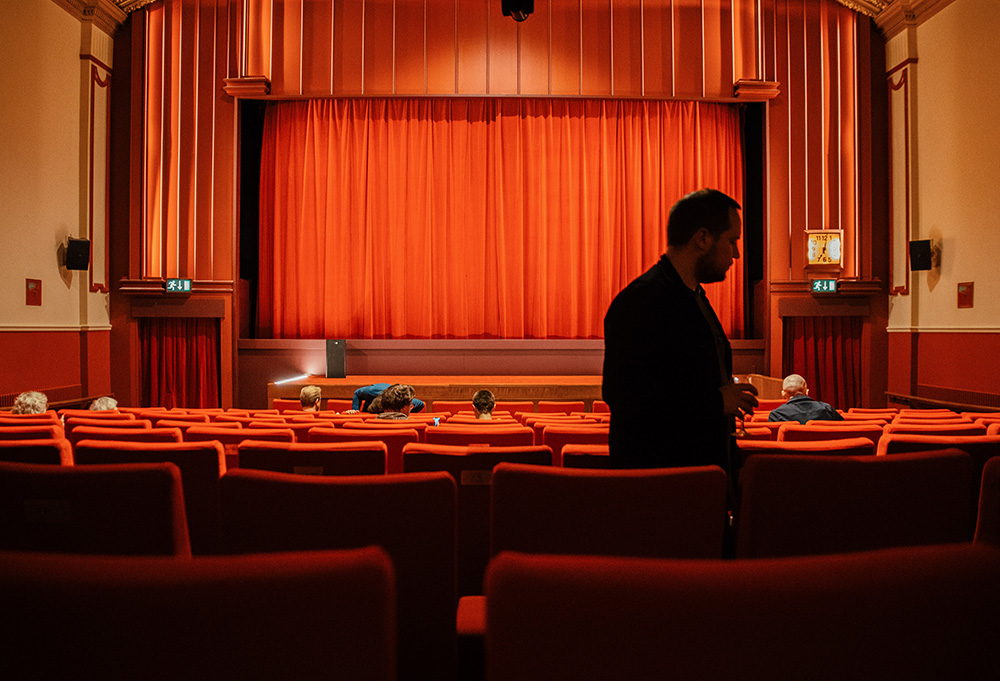
The exterior of HPPH in 1972 and in 2024
